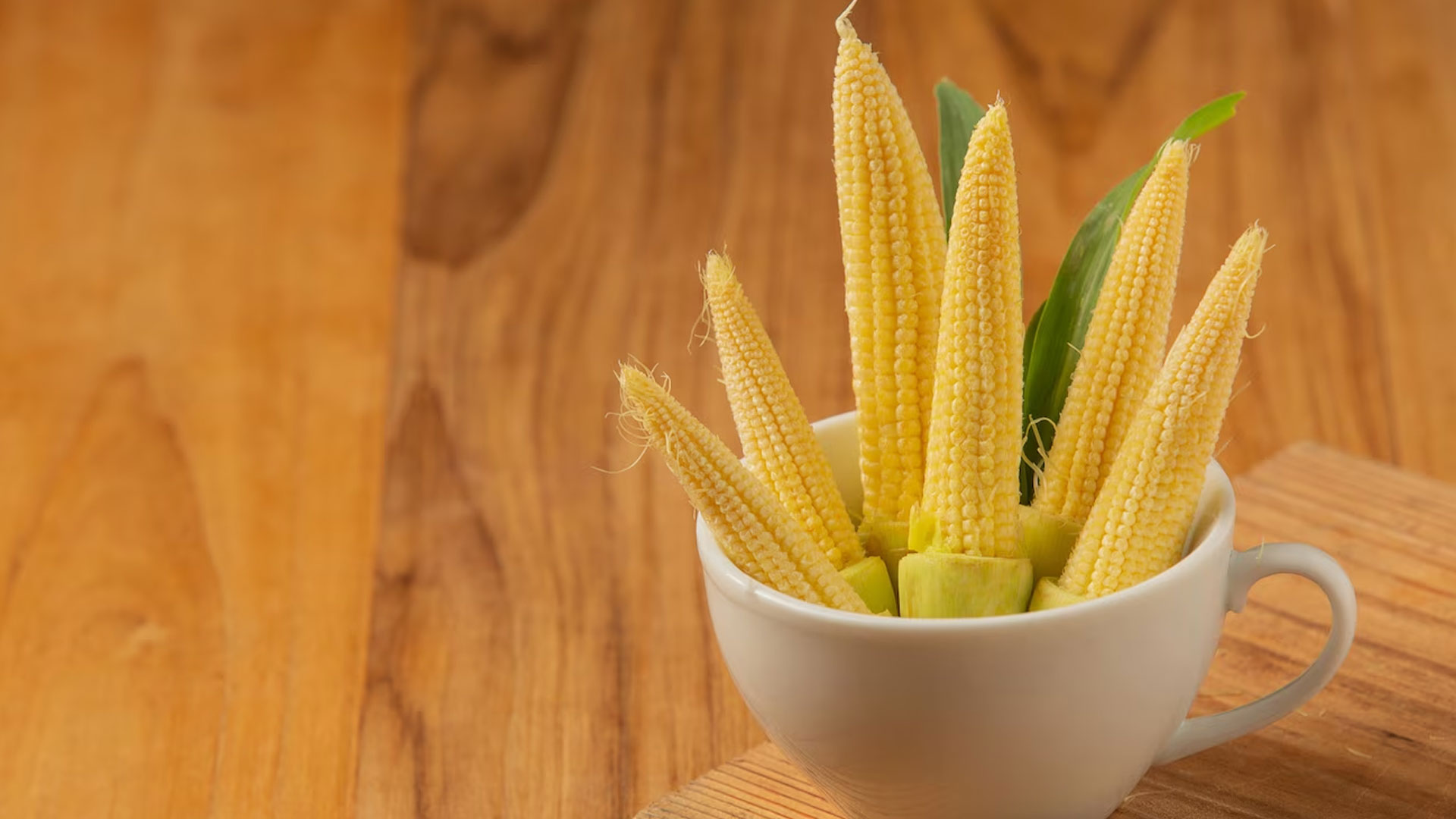
Baby corn is a popular and highly sought-after vegetable, known for its tender and miniature cobs. If you’re considering venturing into baby corn production, this comprehensive guide will provide you with step-by-step instructions to help you navigate the process successfully. From selecting the right cultivars to harvesting and post-harvest handling, we’ll cover all the essential aspects of baby corn production. Whether you’re a seasoned farmer or a beginner in agriculture, this guide will equip you with the knowledge and guidelines needed to cultivate high-quality baby corn and maximize your yields. So let’s dive in and explore the world of baby corn production, from soil preparation and fertilization to irrigation, pest control, harvesting, and more.
Cultivars:
- Use recommended cultivars supplied by Seed Co, such as Thaigold, Prime Gold & SG18. Other sweetcorn varieties like Sentinel and Mint are also excellent options.
Soil and Fertilizer:
- Most soils are suitable for baby corn production, with a preferred pH range of 5.0-6.4.
- Apply fertilizers based on soil analysis recommendations.
- As a general guideline, use 350-400 kg/ha of Compound D or Z, banded 5 cm below and to the side of the seed.
- On light sandy soils, supplement with 200 kg/ha of Ammonium Nitrate (AN) as a top-dressing split application.
- Adjust fertilizer quantities based on soil type and specific crop requirements.
Population:
- Aim for a population of 120,000 plants per hectare.
- Planting methods: a. Machine planting: Rows 75 cm apart with one seed every 11 cm. b. Hand planting: Rows 75 cm apart with 3-4 seeds every 22 cm, thinned to 2-3 plants at two weeks. c. Hand planting on beds: Create beds 1.5 m center to center. Plant two rows per bed, spaced around 30 cm apart. Use 1-2 seeds per 11 cm or 2-3 seeds per 22 cm station.
- The quantity of seed required per hectare varies based on the cultivar, so count the number of seeds per 1 kg to determine the appropriate quantity.
Irrigation:
- Keep the soil surface moist during germination.
- Apply 24 to 32 mm of water per week, depending on weather conditions.
- Avoid water stress, as it negatively affects yield.
Agro-Chemicals for Baby Corn:
- Maize Streak Virus: Gaucho 600 FS @ 5.5 ml per kg of seed.
- Weeds (grasses and broadleaf): Bateleur Gold @ 1.2 lts per ha.
- Cutworm: Karate Zeon @ 100 ml per ha.
- Stalk borer and pink bollworm: Karate Zeon @ 200 ml per ha.
De-tasseling:
- De-tassel plants immediately after tassels have emerged.
- This prevents pollination and excessive seed growth, leading to better cob development.
- Some baby corn varieties are male sterile and do not require de-tasseling.
- Labor for de-tasseling is approximately 5.5 labor days per hectare.
Harvesting:
- Start reaping within a week of de-tasseling.
- Harvest cobs when approximately 1 cm of silk is exposed.
- Harvesting guidelines may vary depending on the variety and number of cobs per plant.
- Cobs should be between 1 and 2.5 cm in diameter and 7 to 12 cm in length.
- Harvest daily to ensure timely picking.
- The peak harvesting period requires around 10 pickers per hectare, with each picker able to harvest over 100 kg per day.
- The gross yield (including sheaths) should be around 11 t/ha, resulting in an average net export yield of 10%.
Post-Harvest Handling:
- Place harvested cobs in the shade immediately.
- Cover cobs with wet hessian to keep them cool.
- Store cobs in a cool place, such as a shed, while the husk is still on to prevent deterioration.
- Transport cobs to the pack house either in complete sheaths or as cigars (outer layers of sheath removed, bottom cut off) to reduce costs.
Grading and Packing:
- Check cobs for worm damage, deformities, and blemishes if grading and packing on the farm.
- Remove all silks from the cobs.
- Start with 40 punnets per person per day for grading and packing, aiming to increase to a target of 60 punnets.
- Place the cobs in cold storage (3 degrees Celsius) as soon as possible after removing the husk.
Silage:
- The tassel, silks, husks, and stalks of baby corn plants are nutritionally valuable.
- Approximately 50 tons of fresh leaf and stalk per hectare can be used for silage.
- Silage breakdown per hectare:
- 22.7% dry matter
- 5.7% total protein
- 1.8% fat
- 26.45% fiber
- 59.9% nitrogen-free extract (NFE)
- 6.2% minerals (0.31% calcium and 0.04% phosphorus)
- 57.3% total digestible nutrient
- 2.2% digestible protein
- The nutritional content is similar to fresh para-grass.
Note: Follow local regulations, best agricultural practices, and consult experts for specific recommendations based on your region and circumstances.


















